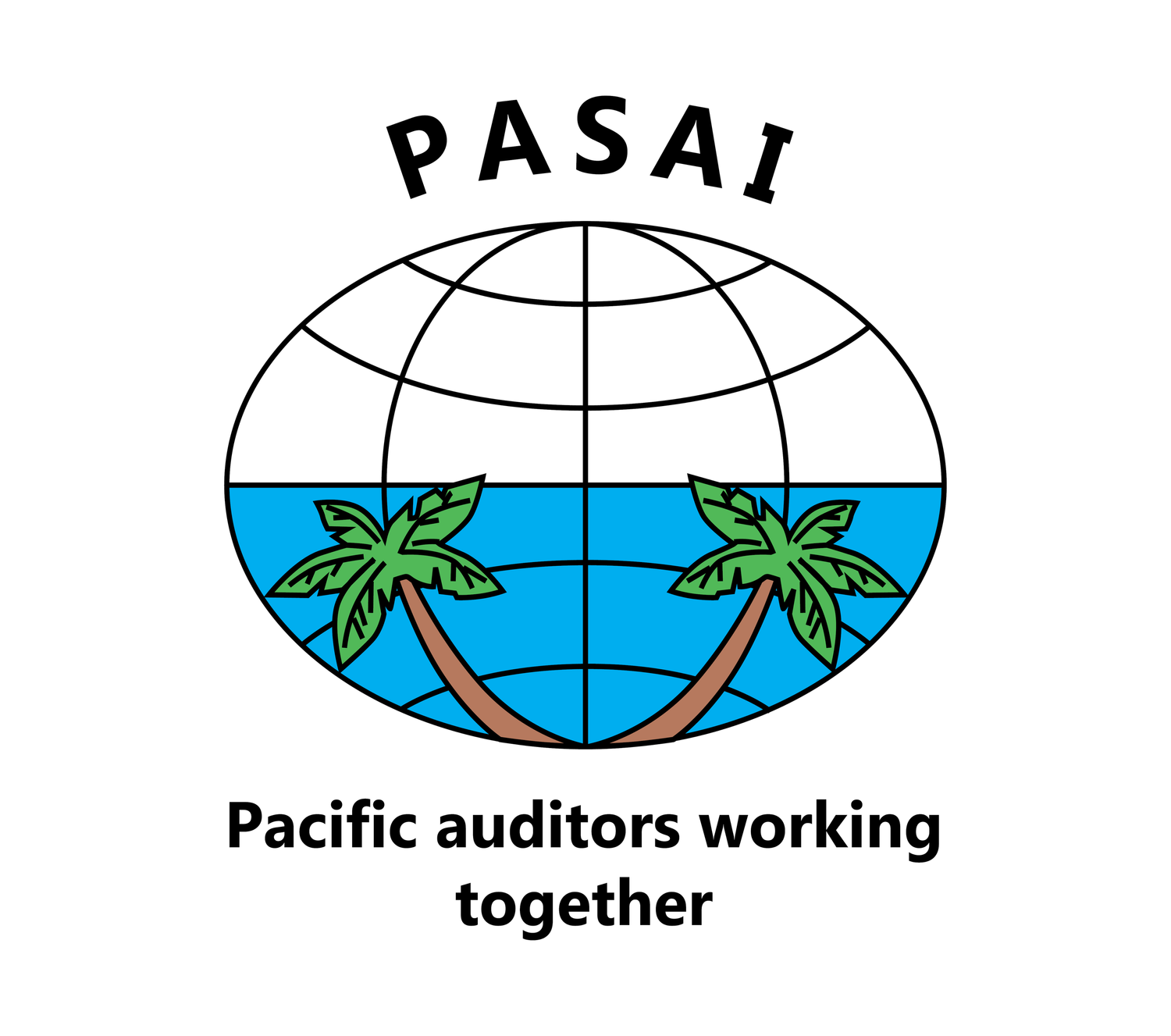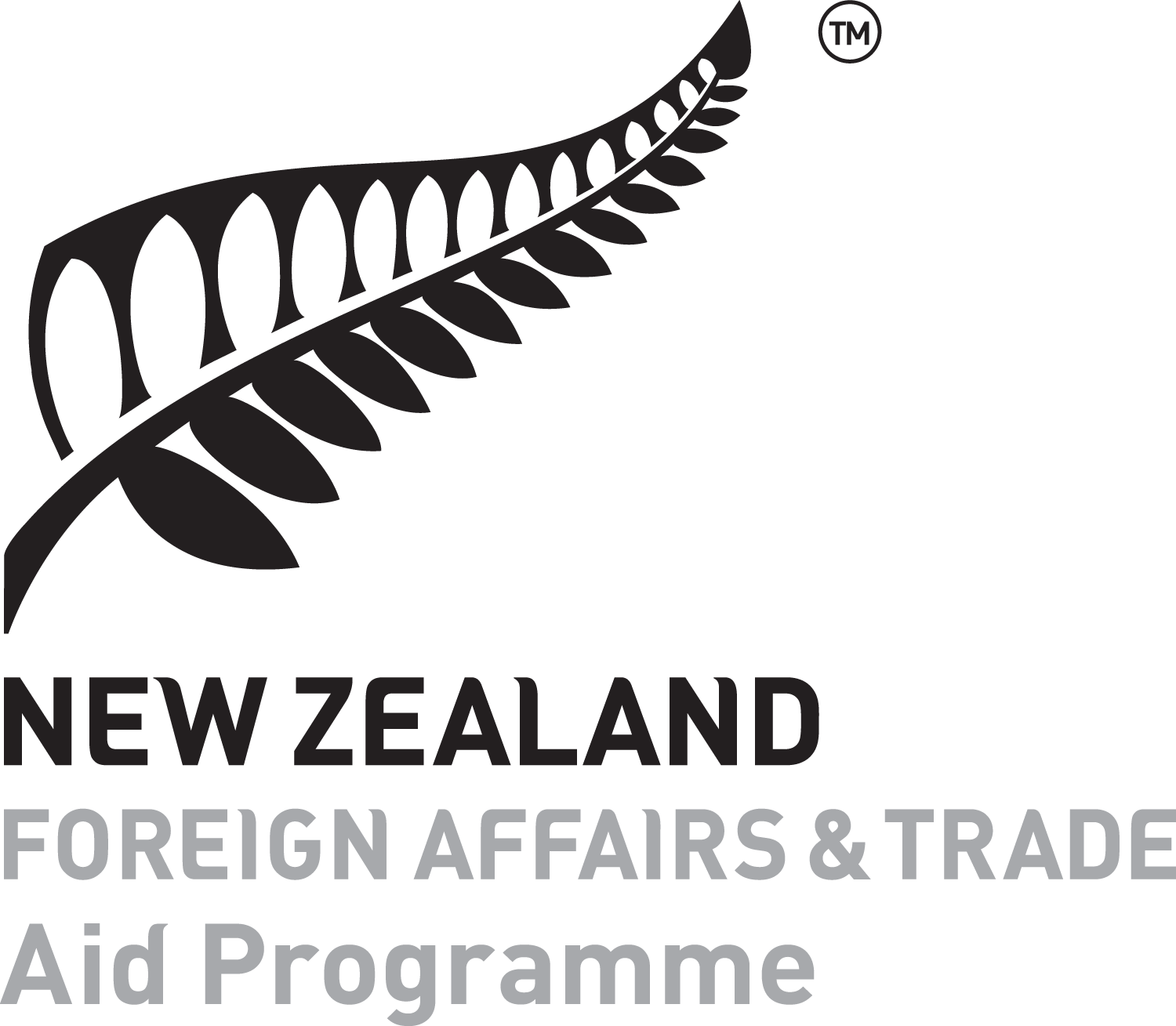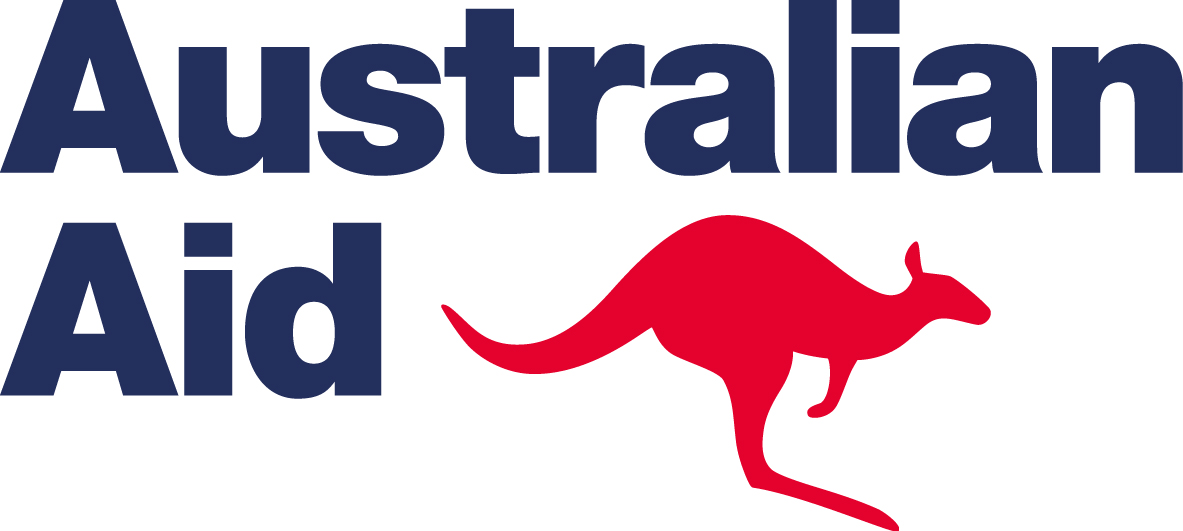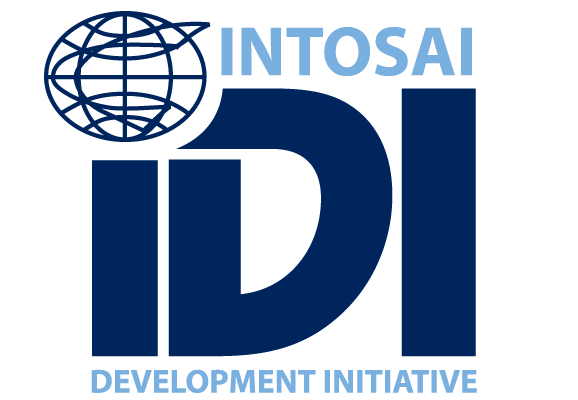Principle FIVE –
The right and obligation to report on SAI work
SAIs should not be restricted from reporting the results of their audits.
It is expected that SAIs:
are required to report at least once a year on the results of their audit work;
can report directly to the Legislature on their audit work; and
can report at any time on any matter they consider warranting such a report.
Legislative examples of the right and obligation to report on SAI work
Reports for Legislative Assembly (Auditor-General Act 1996 – Australian Capital Territory)
17(1) The auditor-general may at any time prepare a report for the Legislative Assembly on any matter arising in connection with the exercise of the auditor-general’s functions.
17(2) The report must include the substance of any comments received by the auditor-general under
Reports to Minister, committees, etc (Public Audit Act 2001 – New Zealand)
21 The Auditor-General may report to a Minister, a committee of the House of Representatives, a public entity, or any person on any matter arising out of the performance and exercise of the Auditor-General's functions, duties, and powers that the Auditor-General considers it desirable to report on
Report on Audit (Kiribati Audit Act 2017)
35(1) The Auditor General may prepare a report on any audit conducted under this Act.
Notes
A SAI should not be restricted from reporting its audit results and most SAIs are required to report at least once a year to the Legislature.
The Legislature should be the primary audience of the SAI’s report. That reflects the principles of independence of the SAI and its responsibility to the Legislature. The SAI may also be required to send copies of its reports to the Executive or a Minister. That is not unacceptable if the primary recipient is the Legislature.
It is also important that a SAI make the most of its audit reports and achieves the greatest impact from them. This requires that the SAI also make its reports public. To achieve this, a SAI should identify its target audience and distribute the audit report to them. The target audience would usually include the media, and public and special interest groups.
SAIs need to consider different ways to distribute and publicise their audit findings and technical developments provide opportunities for this. For example, some SAIs are using YouTube videos to discuss audit findings. Some use Facebook or Twitter feeds to inform the public of audit results. Others have email distribution lists to alert registered users to new audit reports.







